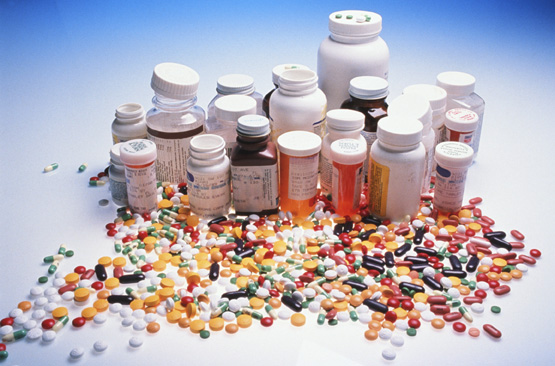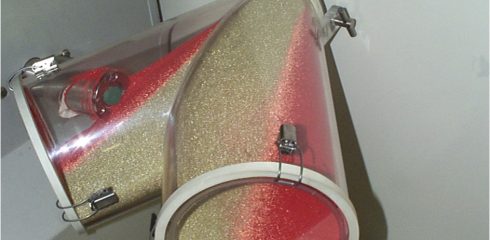
The Need
Particle segregation or demixing is a major concern, especially in the pharmaceutical industry, where only very slight variations in the concentration of active drug are permitted. Drugs that are produced in solid dosage form (i.e., tablets and capsules), contain many ingredients. If the active ingredient is not uniformly distributed, the finished product will not fall within content uniformity specifications and the entire batch may be rejected.
A leading pharmaceutical firm was in the process of validating a new tablet product, which begins with several ingredients being added to a tumble blender. The blended material is then discharged into multiple bins.
Initial tests during scale-up showed high active ingredient percentages in the tablets produced from the material which discharged last from each bin.
Jenike & Johanson was contacted to assist in determining the cause of the problem and to recommend a solution. Typical areas of concern with such a process include the tumble blender, the portable containers, the transfer chute from the portable container, and the press feed hopper below the chute.
Jenike & Johanson recommended flow properties tests to be conducted on four variations of the formulation to determine their handling characteristics. These tests, which included cohesive strength, wall friction, compressibility, permeability, and segregation potential, were conducted at Jenike & Johanson’s facility.
On inspection at the site, it was discovered that the material discharged significantly faster from the center of the portable bins. This was supported by flow properties tests, which indicated that the existing surface of the bins was too frictional to provide mass flow. In addition, during the filling of the bin, segregation occurred which resulted in fine particles accumulating near the perimeter of the bin. During free-fall into a container, particles tend to separate from each other, with fine particles forming dust clouds. When the falling stream impacts the pile, it can become aerated, and generate more dust.
The Solution
It was determined that the best solution was to eliminate the dusting, and hence segregation, by reducing the drop height from the blender to the portable bin, using a retractable letdown tube. Without off-the-shelf equipment available, Jenike & Johanson engineers further developed the concept, then designed and built the PharmaSok™ filling system.
The Result
Tests with the PharmaSok™ showed a dramatic reduction in the observed dust normally generated during container filling. Assays performed on the tablets showed them to be within specification.







